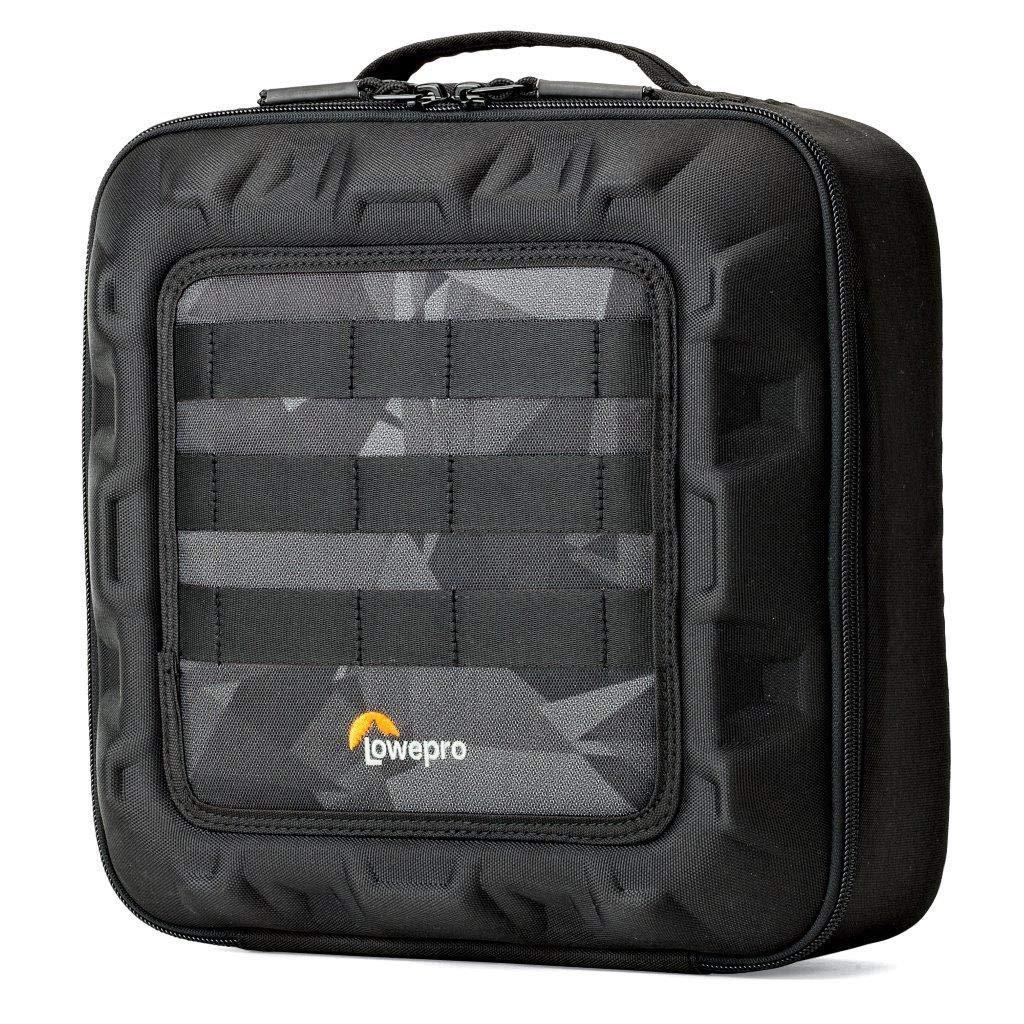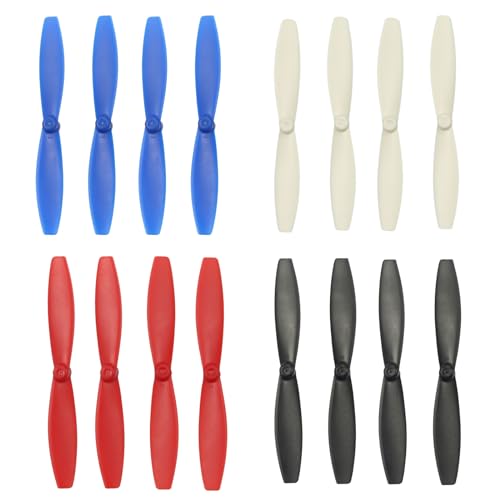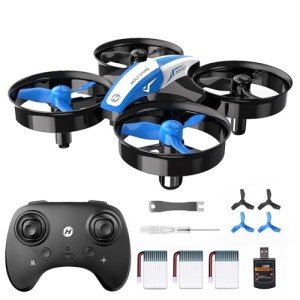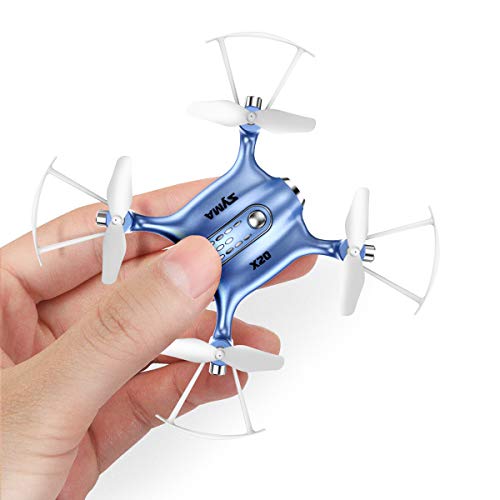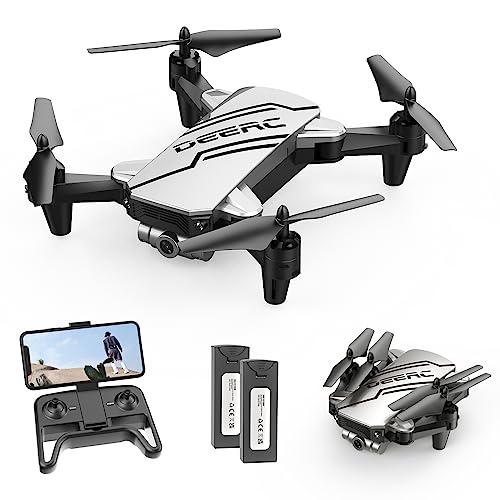Getting into the world of racing drones is super exciting! If you’re a beginner, it might feel a bit overwhelming with all the choices out there. But don’t worry, we’ll break it down together and get you flying in no time!
First, you need to pick the right racing drone. Look for models that are built for beginners. These typically have features like easy controls and crash resistance. Some great entry-level racing drones include the Eachine Wizard X220 and the Holy Stone HS720. They offer a nice balance of speed and stability, making them easier to handle when you're just starting out.
Next, you’ll want to grab a decent pair of goggles. FPV (first-person view) racing is a big part of the fun! The right goggles will help you see everything clearly as you fly. Look for features like adjustable lenses and good image quality. A popular choice for newbies is the Fat Shark Scout, which offers a solid experience without breaking the bank.
Don’t forget about safety! Take some time to practice flying in an open area where you won’t risk hitting anything. Get the hang of basic maneuvers before diving into racing competitions. There are tons of online communities where you can learn tips and tricks from experienced pilots. They can help you with everything from tuning your drone to finding local racing events.
Lastly, be patient! Mastering racing drones takes time, but it’s worth it when you start zooming around the track. Enjoy the learning journey, and remember, practice makes perfect. Get out there and have fun!
Key Features to Consider
When diving into the world of racing drones, you’ll want to keep a few key features in mind. It’s not just about speed; several aspects will impact your flying experience and performance.
First off, consider the frame and build quality. Racing drones are often made from lightweight materials like carbon fiber. A solid frame helps with durability while keeping your drone nimble and responsive. You don’t want to be worrying about breaks during intense flying sessions.
Next up is the flight controller. This little gadget is the brain of your drone. Look for one with good processing power and features like stabilization. A reliable flight controller will help you execute sharp maneuvers and fly smoothly through races.
Don’t forget about the FPV (First Person View) system. This allows you to see what your drone sees, giving you the best chance to navigate through obstacles at high speeds. A clear screen and a solid connection can make all the difference when you're racing.
Finally, battery life is super important. You want something that can give you enough power for those thrilling races without having to recharge every few minutes. Check out drones with good battery tech to keep you flying longer and faster!
Lowepro Droneguard CS 200 Case for Drones
Keep your drone safe and secure with this durable, easy-to-carry case
Product information
$37.49 $19.95
Product Review Score
4.72 out of 5 stars
42 reviewsProduct links
Tips for Choosing Your First Drone
Choosing your first drone can feel like a big deal, especially if you’re eyeing racing drones. With so many options out there, it's easy to get overwhelmed. But don’t worry—I’ve got you covered with some simple tips.
First, think about your budget. Racing drones can range from affordable to pretty pricey. If you’re just starting out, it makes sense to stick with a budget-friendly option. Look for drones that offer good performance without breaking the bank. Trust me, you don’t want to spend a fortune only to crash it on your first flight!
Next, consider the drone's ease of use. As a beginner, you'll want something that’s user-friendly. Look for drones with features like easy controls and automatic stabilization. These features will help you learn the ropes without feeling overwhelmed. Check out models that come with a good instruction manual, too. You want something that guides you along the way.
Don’t forget about battery life. Racing drones require some power to keep them zooming, so look for a model that offers decent flight time. Battery packs that are easy to swap out can be a game changer. That way, you can keep the fun going and not spend all your time waiting for a recharge.
Lastly, check out the community support. Racing drones often have dedicated groups and forums where you can get tips and tricks. A good community can make learning a lot easier and even more fun. Plus, it's a great way to connect with fellow drone enthusiasts who share your passion!
Anbee Colorful Propeller Set for Parrot Drones
Upgrade your Parrot drone with these vibrant and durable propellers for a fun flying experience
Product information
$9.99
Product Review Score
4.69 out of 5 stars
53 reviewsProduct links
Common Mistakes to Avoid
Starting with racing drones can be super exciting, but there are some common mistakes you definitely want to avoid. First off, many beginners rush into the hobby without fully understanding the drone's controls and features. Familiarizing yourself with your racing drone before hitting the track will help you dodge accidents and get the most out of your flying experience.
Another big mistake is not checking your equipment before a race. It’s easy to get caught up in the thrill, but neglecting to inspect your racing drone can lead to issues mid-flight. Always make sure the battery is charged, the propellers are secure, and everything is functioning properly. A quick pre-flight check can save you a lot of headaches later.
Don’t overlook the importance of practice. Some new pilots think they can just jump into a race after watching a few videos. Guess what? It takes time to get the hang of flying. Spend plenty of time practicing on your own before competing against others. This will improve your skills and boost your confidence.
Lastly, don’t ignore local regulations and guidelines for flying racing drones. Each area has its own set of rules, and being unaware can lead to fines or worse. Always check what’s allowed in your location, and make responsible choices when flying your racing drone.
